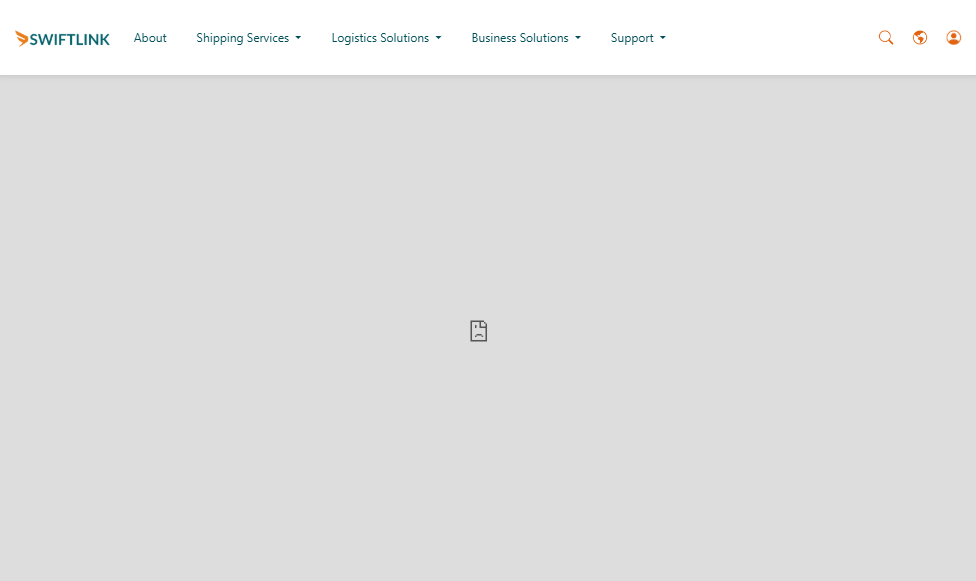Fallback Image
Using poster
The poster attribute in a <video> tag is a fallback image that appears before the video plays. It’s especially useful on slow connections or in browsers that delay autoplay, like some mobile devices. It works like a thumbnail or preview.
<video class="video-background"
autoplay
loop
muted
playsinline
poster="https://abc.xyz/~/media/store/banner/banner.jpg?rev=12345678">
<source src="https://player.vimeo.com/progressive_redirect/file.mp4?loc=external&signature=876945321"
type="video/mp4">
</video>
Note that poster doesn't work for <iframe> elements. For more information, please see Fallback Image for <iframe>.
How it works
What it does:
- It's shown while the video is loading
- It stays visible if autoplay fails or is disabled (like on some mobile or low-power scenarios)
- If autoplay works fine and loads fast, it may flash briefly or not appear at all
Do You Need It?
You don’t technically need it, especially if:
- Your video autoplays smoothly every time
- You're okay with a blank space or first frame being visible before the video loads
- Your design doesn't depend on having a preview image for aesthetics or structure
But you might want to keep it if:
- You want a seamless visual experience while the video loads
- You're designing for varied connection speeds or device types
- Your site might be used in places where autoplay is blocked (e.g. data-saving mode on mobile)
Optimizing
You can optimize the poster by using a compressed image or a first frame extracted from the video itself.
Fallback Image for <iframe>
The poster attribute is only valid for <video> elements, not <iframe>, so browsers will might simply ignore this attribute.
Using Overlay
You’ll need to overlay a fallback image behind the iframe using CSS, then optionally hide it once the video loads
HTML:
<div class="video-iframe-wrapper">
<img src="./images/site-poster.png" alt="Video Fallback" class="video-fallback" />
<div class="video-inside">
<iframe
src="https://player.vimeo.com/video/12345678?autoplay=1&loop=1&muted=1&background=1&title=0&byline=0&portrait=0"
allow="autoplay; fullscreen; picture-in-picture; encrypted-media"
title="banner-vid"
frameborder="0">
</iframe>
</div>
</div>
CSS:
.video-iframe-wrapper {
position: relative;
width: 100%;
height: 100%;
overflow: hidden;
}
.video-fallback {
position: absolute;
top: 0;
left: 0;
width: 100%;
height: 100%;
object-fit: cover;
z-index: 1;
}
/* iframe layered above the fallback image */
.video-inside iframe {
position: relative;
z-index: 2;
width: 100%;
height: 100%;
}
Fallback Image Not Showing
Issue: The poster image doesn't appear when the video hosting service is offline, even though it’s properly set.
I have a website that uses a video as the background for the landing page banner. To simulate a disconnection from the video hosting service, I turned off my internet connection and refreshed the site a few times. As expected, the video failed to load, but instead of showing the fallback poster image, the browser displayed the default broken embed icon.

This happens because iframes have a limitation. When the iframe’s source can’t be reached, the browser shows a broken frame (often with a sad face) and doesn’t allow any JavaScript inside the iframe to handle the error or offer a fallback.
Possible Fixes
| Checkpoint | Solution |
|---|---|
| Local file exists? | Ensure images/site-poster.png is correct |
| Browser blocking file:// access? | Use Live Server (localhost) |
| Styling hides image? | Add border/debug styling |
| Want true iframe fallback? | Use background-image on the container instead |
Root Cause Checklist
-
Image path
Make sure the path is correct and the image is actually available locally.
<img src="./images/site-poster.png" alt="Video Fallback" class="video-fallback" />- Does the file exist at the path specified ?
- Is the file name spelled exactly the same?
Quick test: Open that image directly in the browser:
file:///path-to-your-folder/images/site-poster.png -
Your browser is blocking local loading for security
When opening with
file://, some browsers (especially Chrome) block loading local resources (likeiframeand sometimesimg) due to CORS and file URI policies.Solution: Use Live Server instead of
file://view.- Reconnect to the Live Server (even without internet)
- Then disconnect Wi-Fi again
- Refresh the browser
Live Server uses
http://localhost:PORT, which avoids most browser restrictions. -
Image fails due to incorrect styling or
z-indexstackingIf the image is rendering but invisible, it's possibly covered or collapsed. Add this debug style temporarily:
.video-fallback {
z-index: 1;
display: block;
border: 2px solid red; /* DEBUG: to see if it shows up */
}
Add a real <picture> fallback if iframe fails
The current fallback might be working only if Vimeo is slow to load, not if it's offline.
For a more reliable approach:
HTML (fallback background directly on .video-container)
<div class="video-container"
style="background-image: url('./images/site-poster.png');
background-size: cover;
background-position: center;">
<div class="video-inside">
<iframe ...></iframe>
</div>
</div>
CSS (ensure fallback image always displays when iframe fails):
.video-container {
background-image: url('./images/site-poster.png');
background-size: cover;
background-position: center;
background-repeat: no-repeat;
}